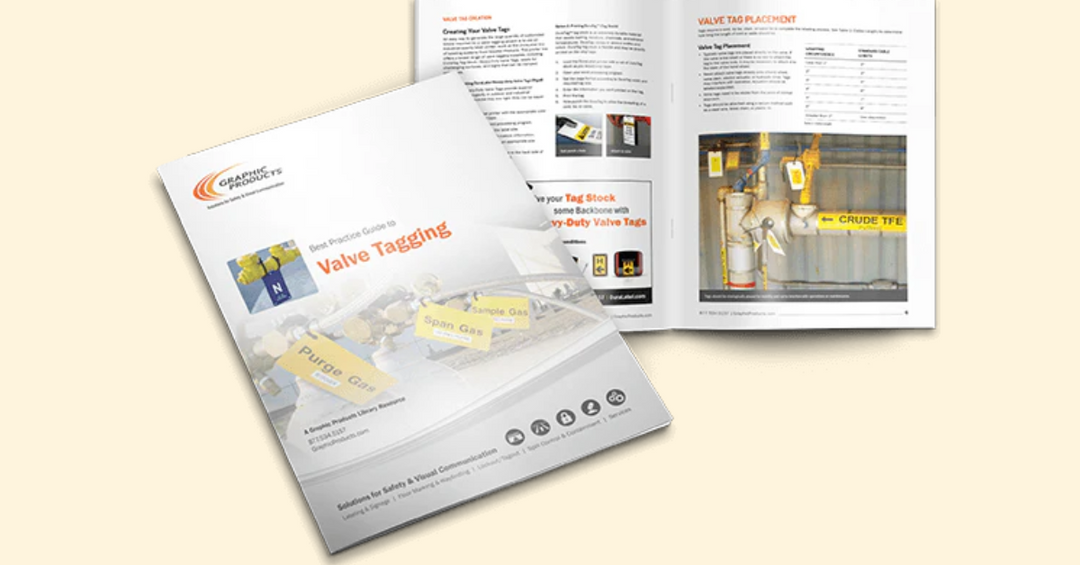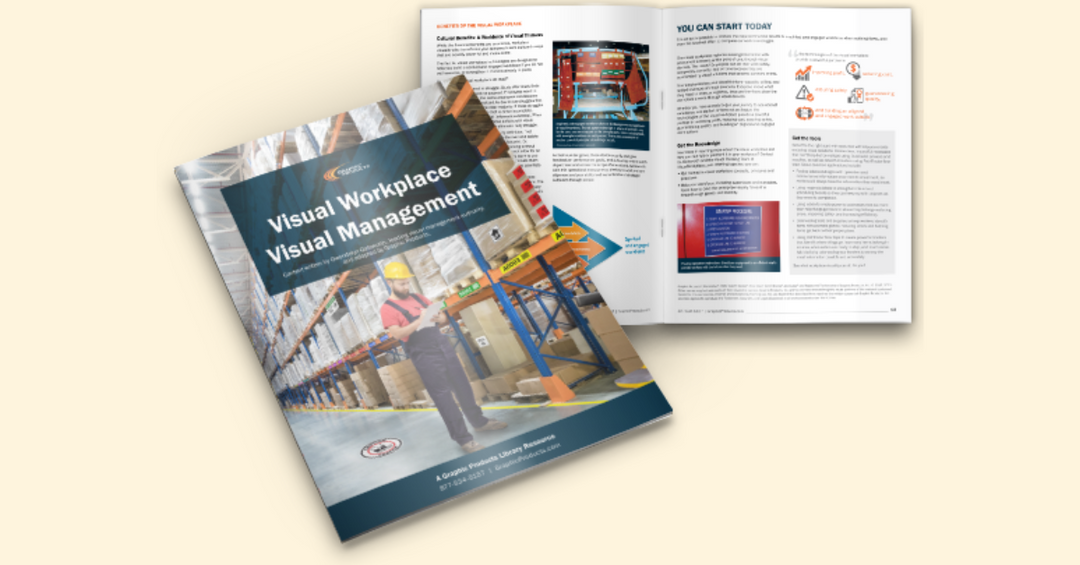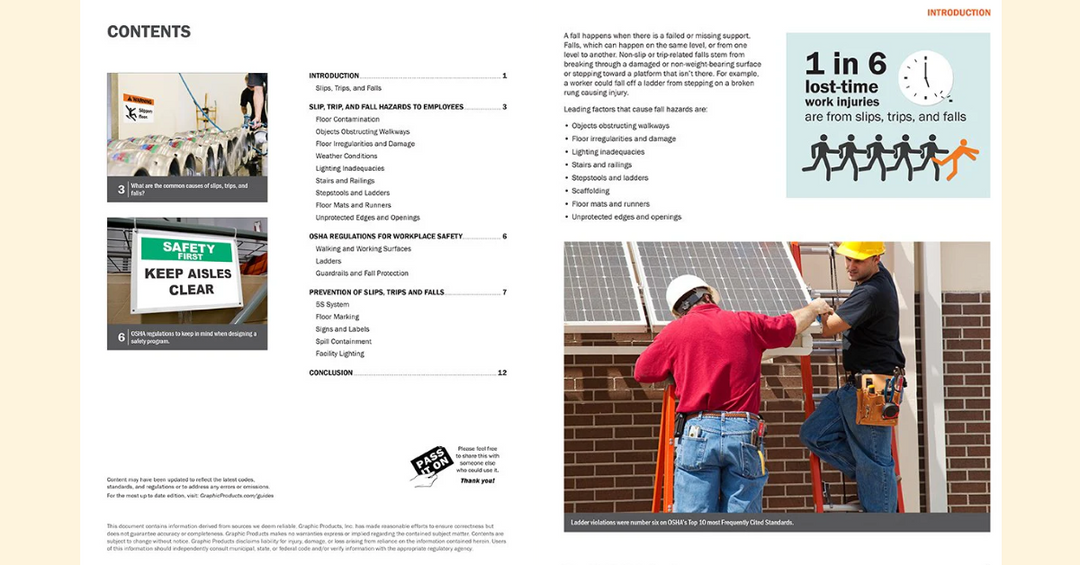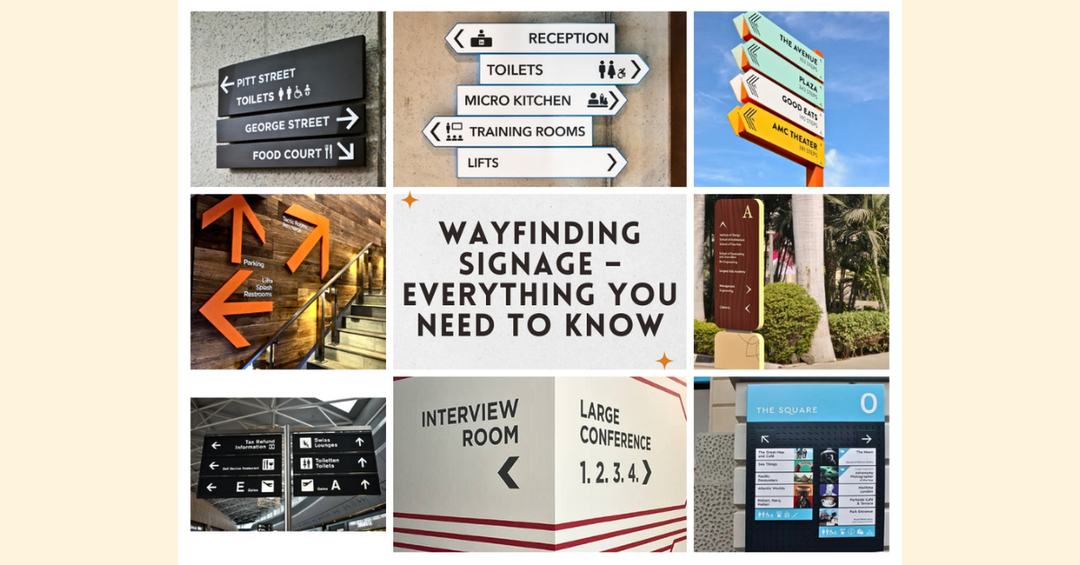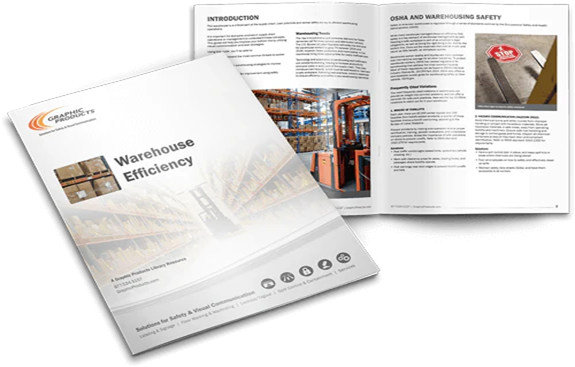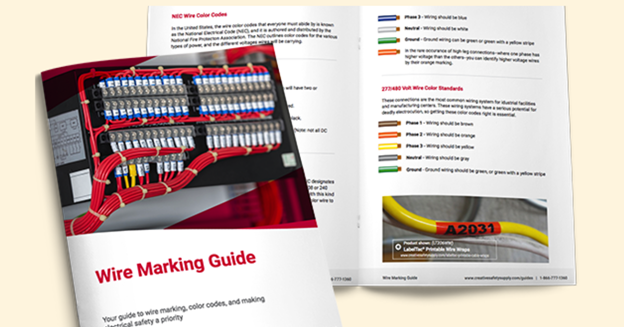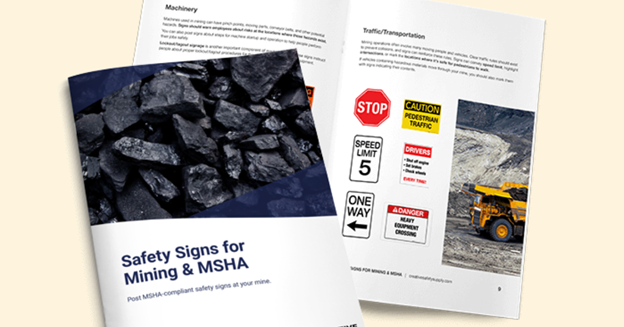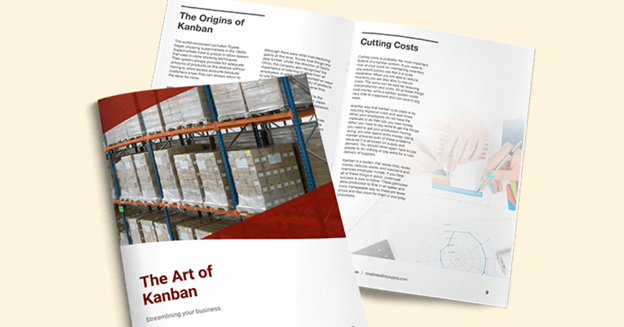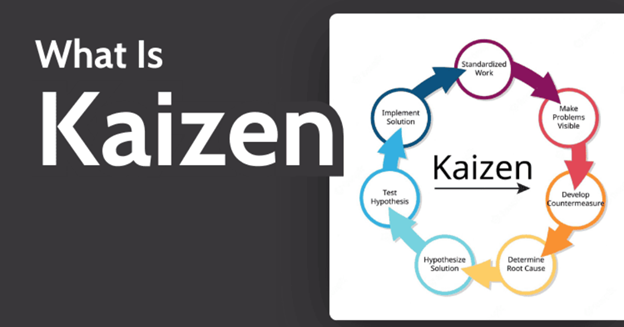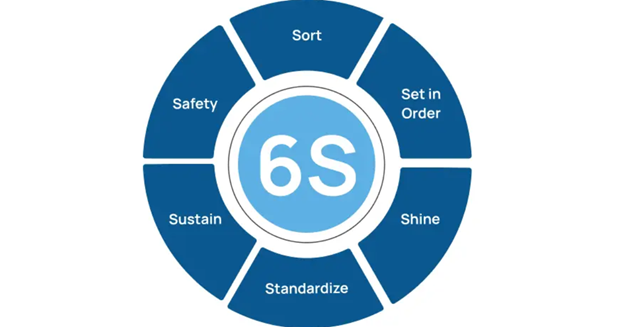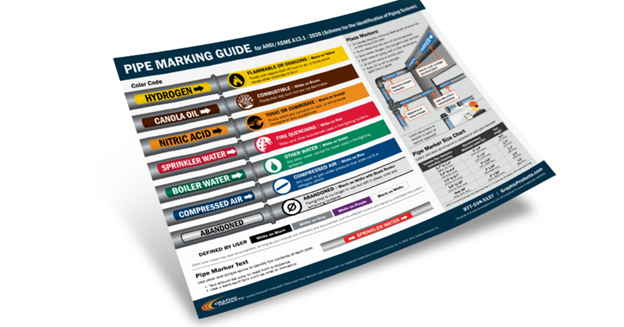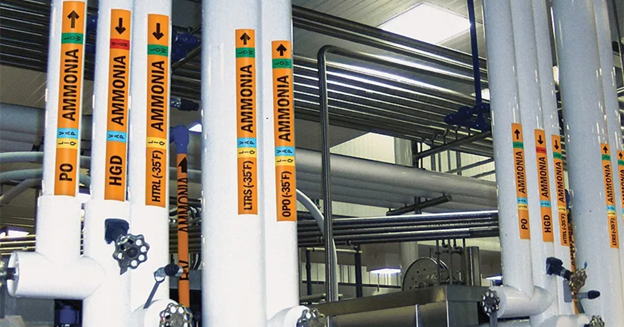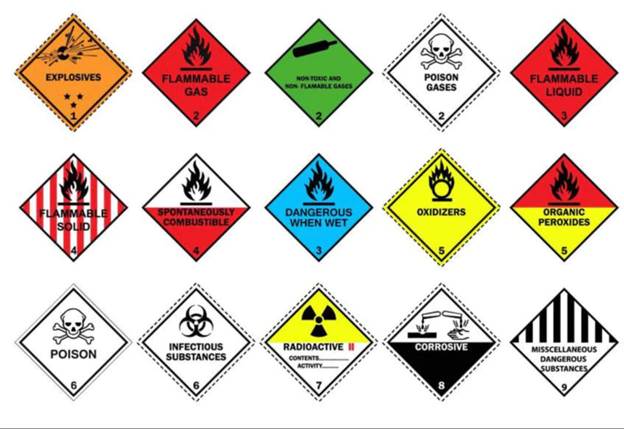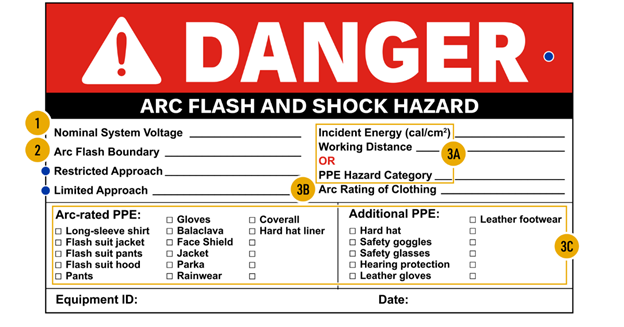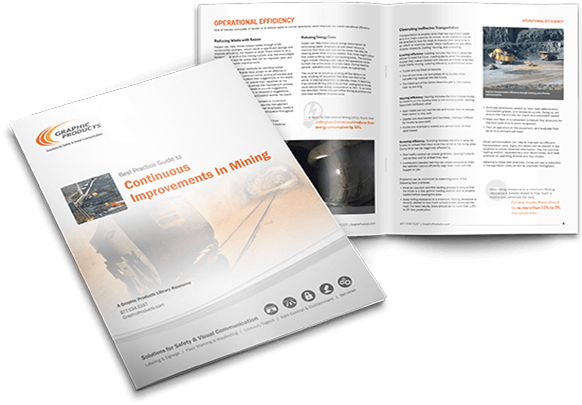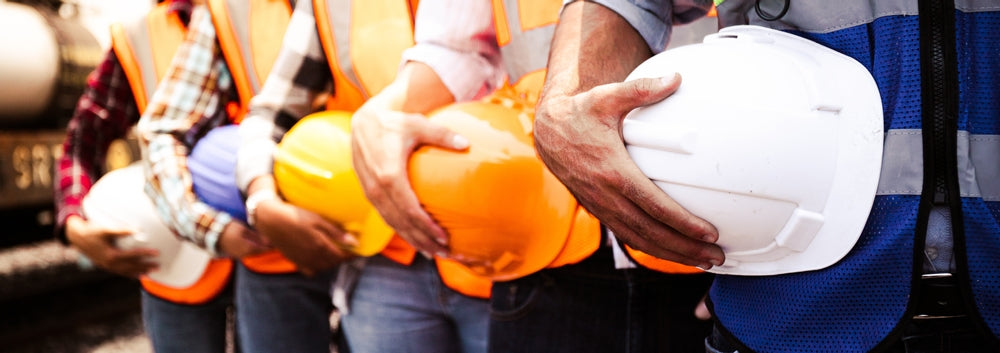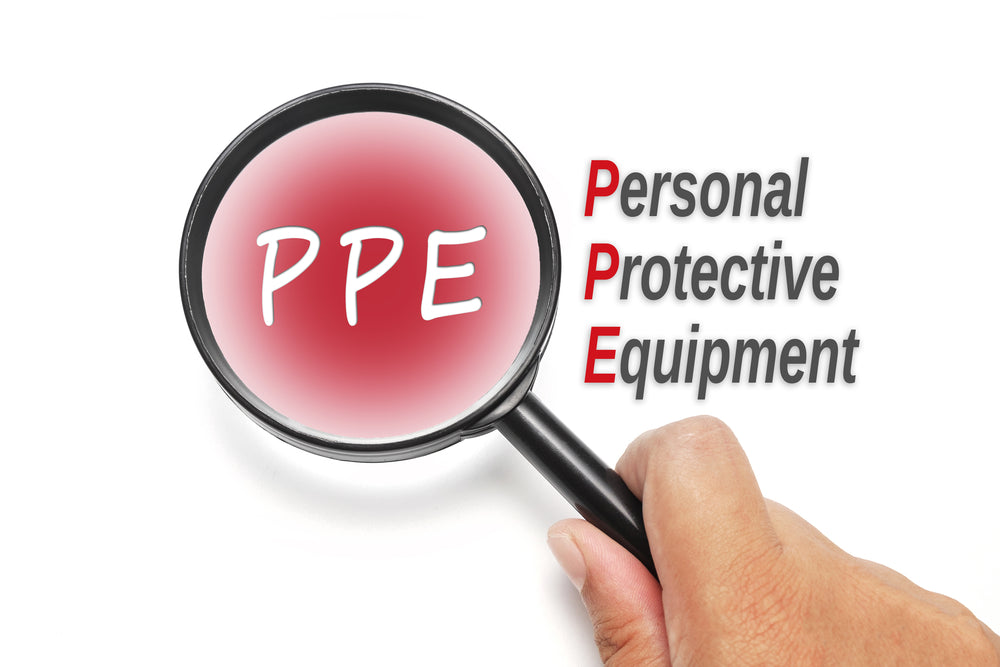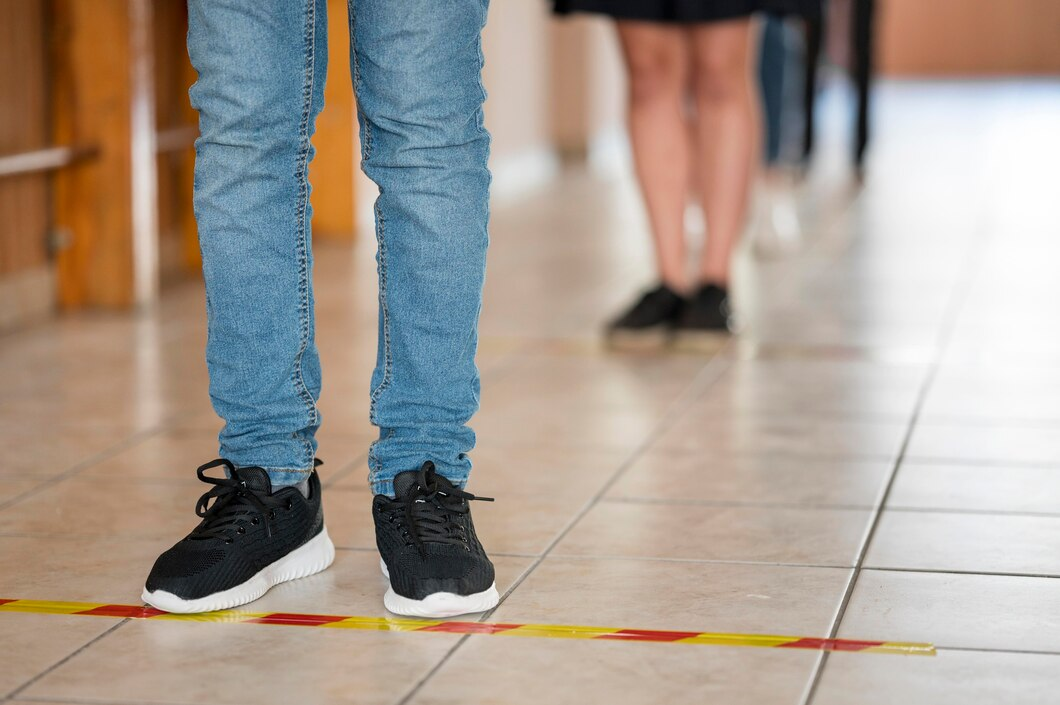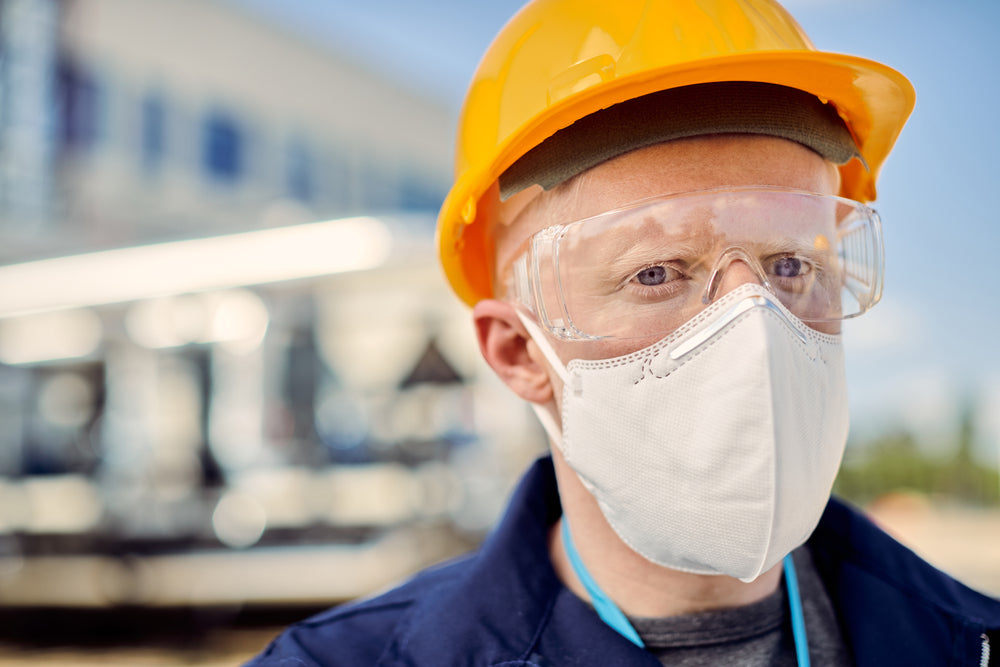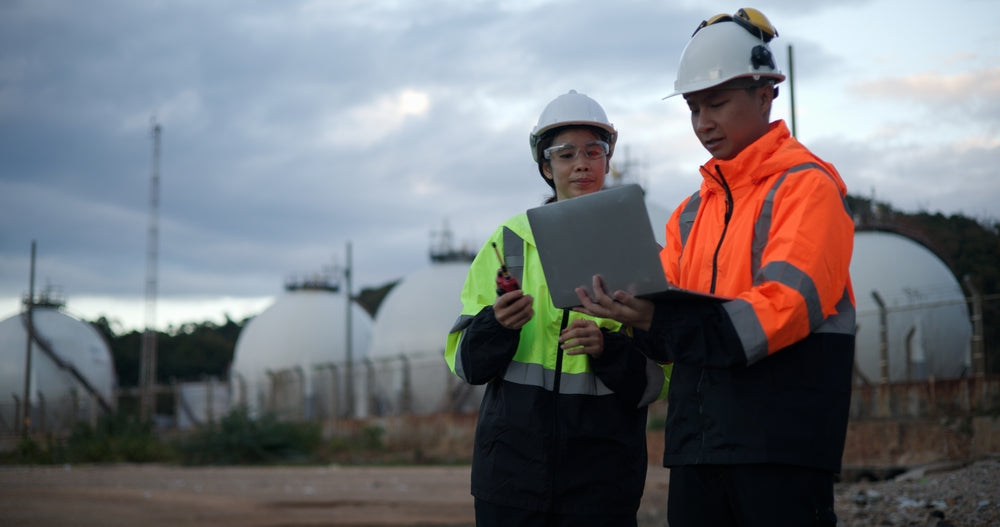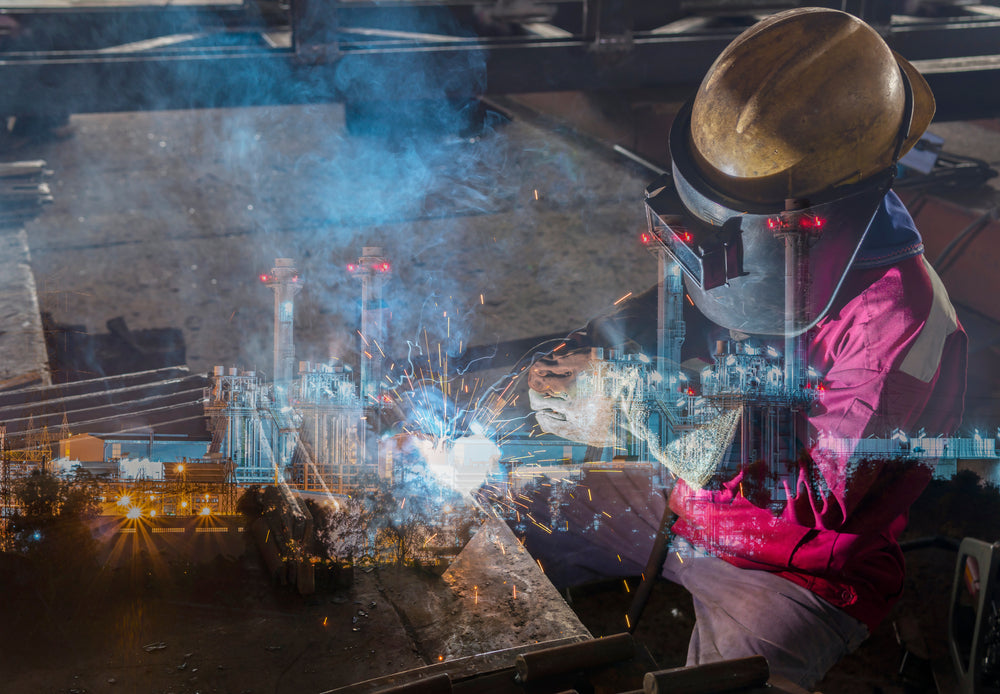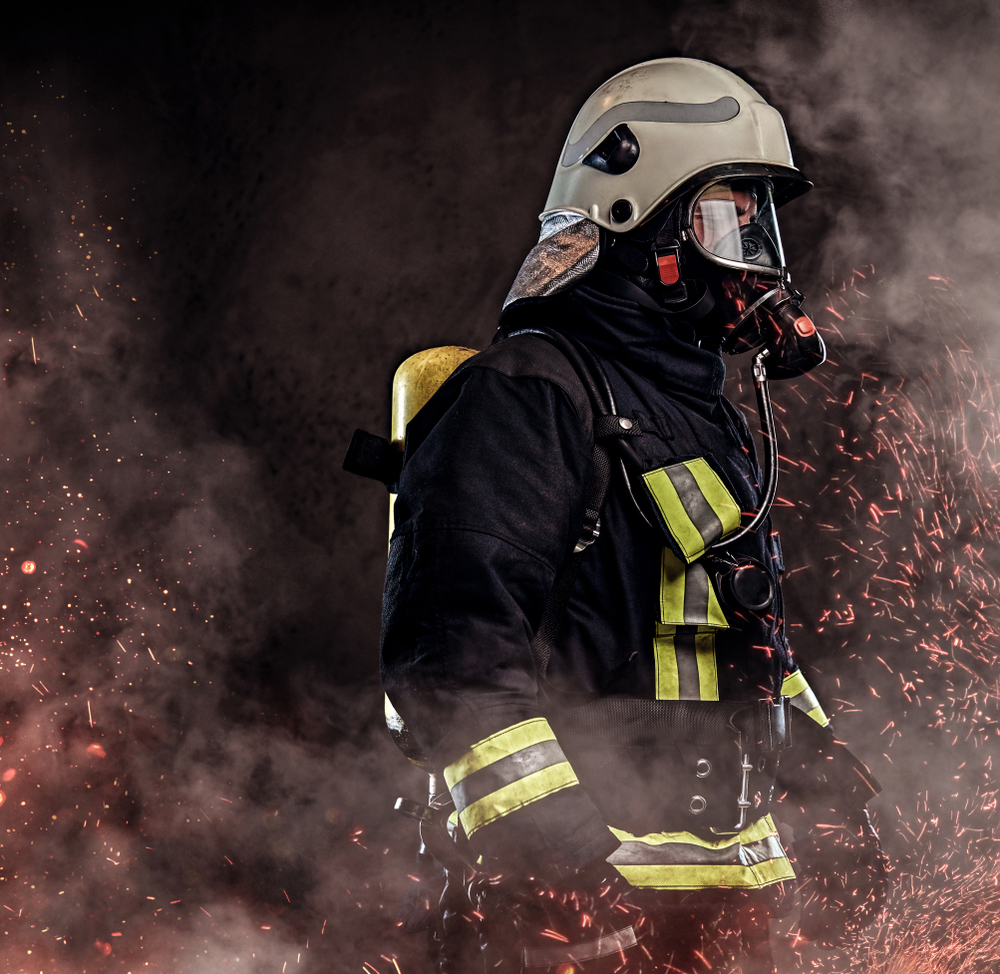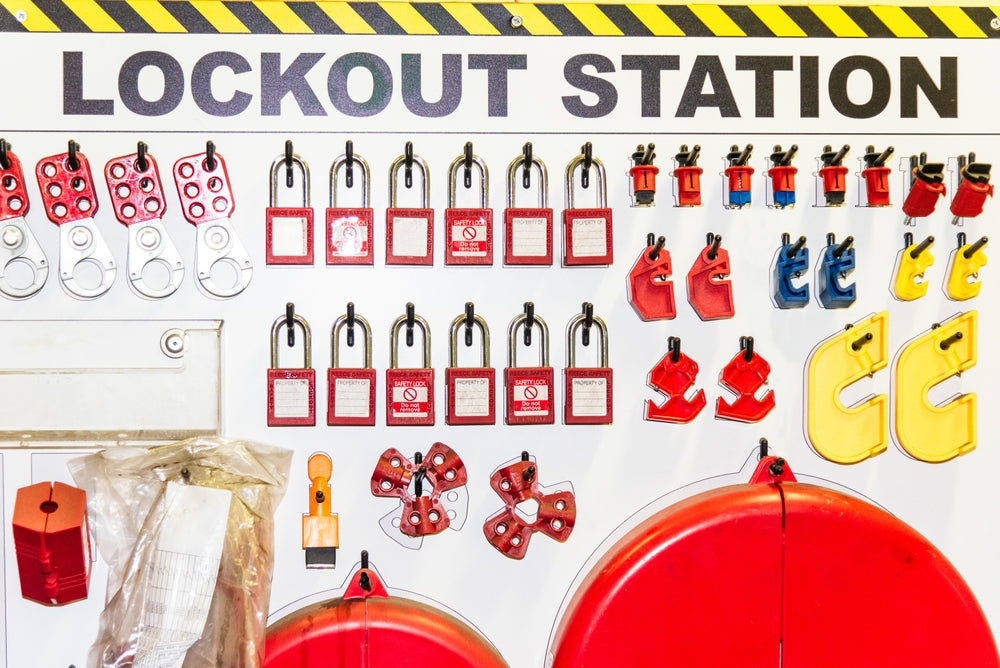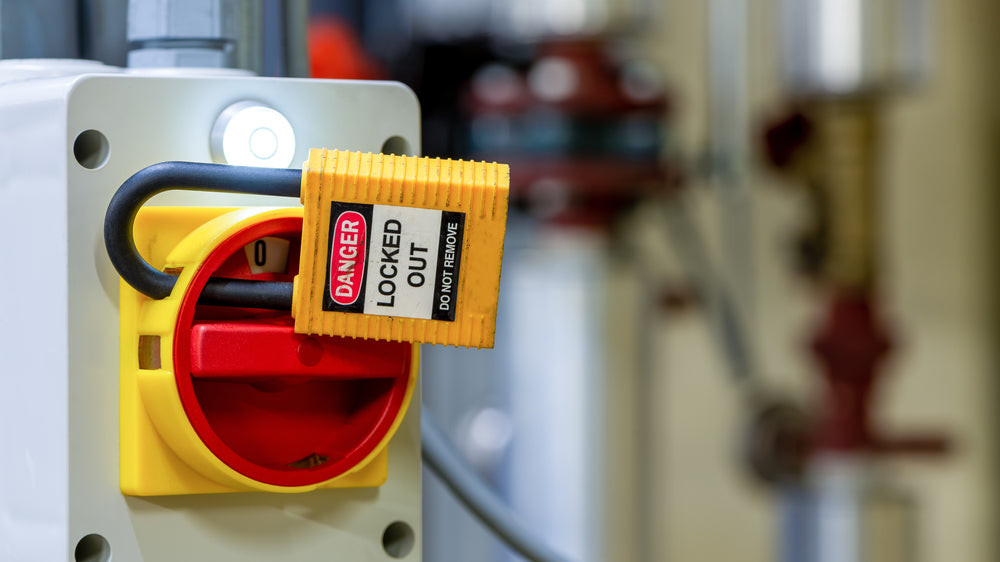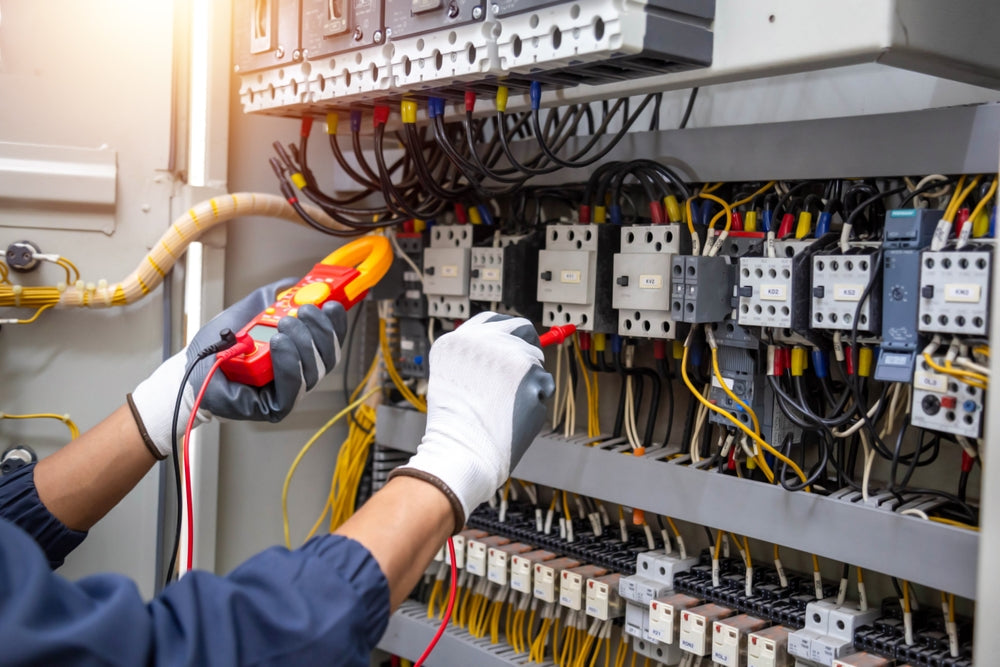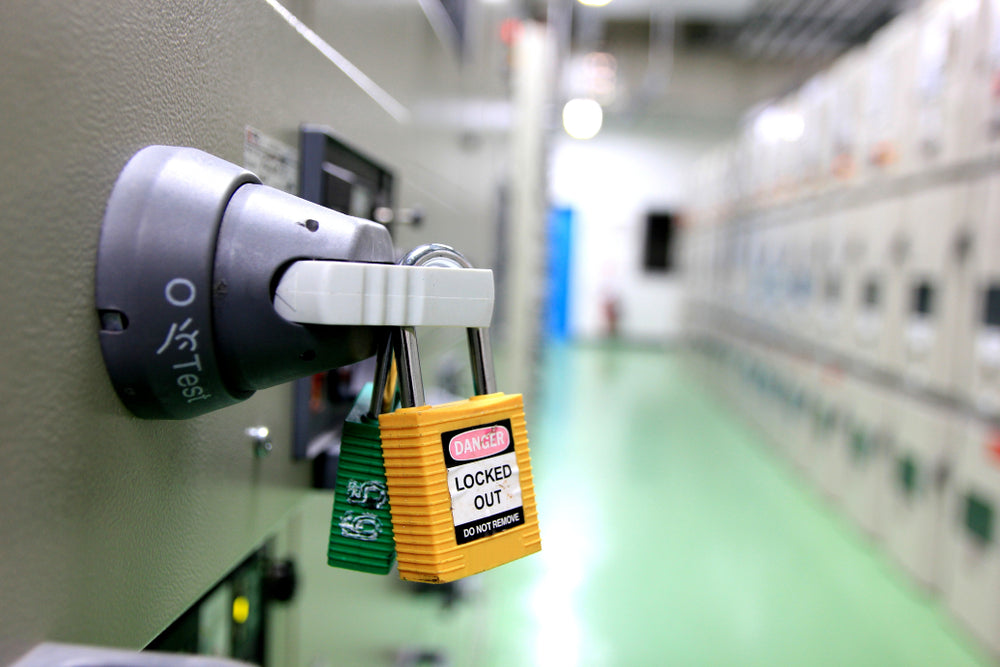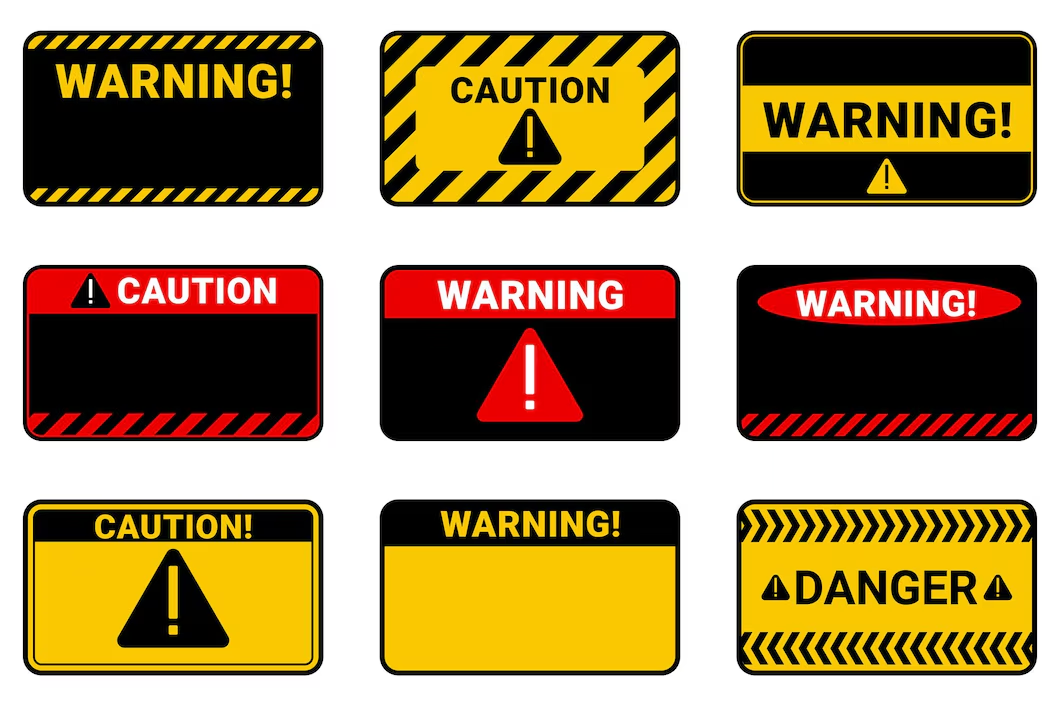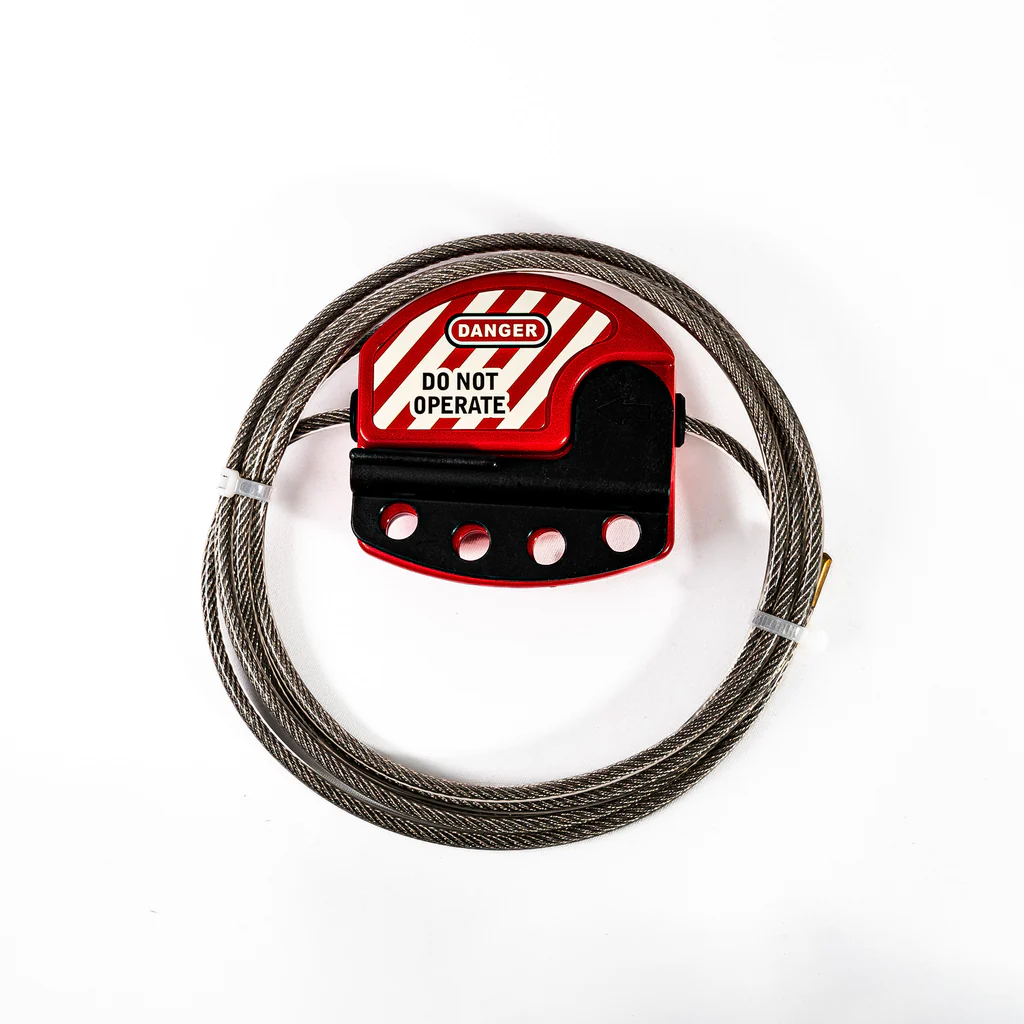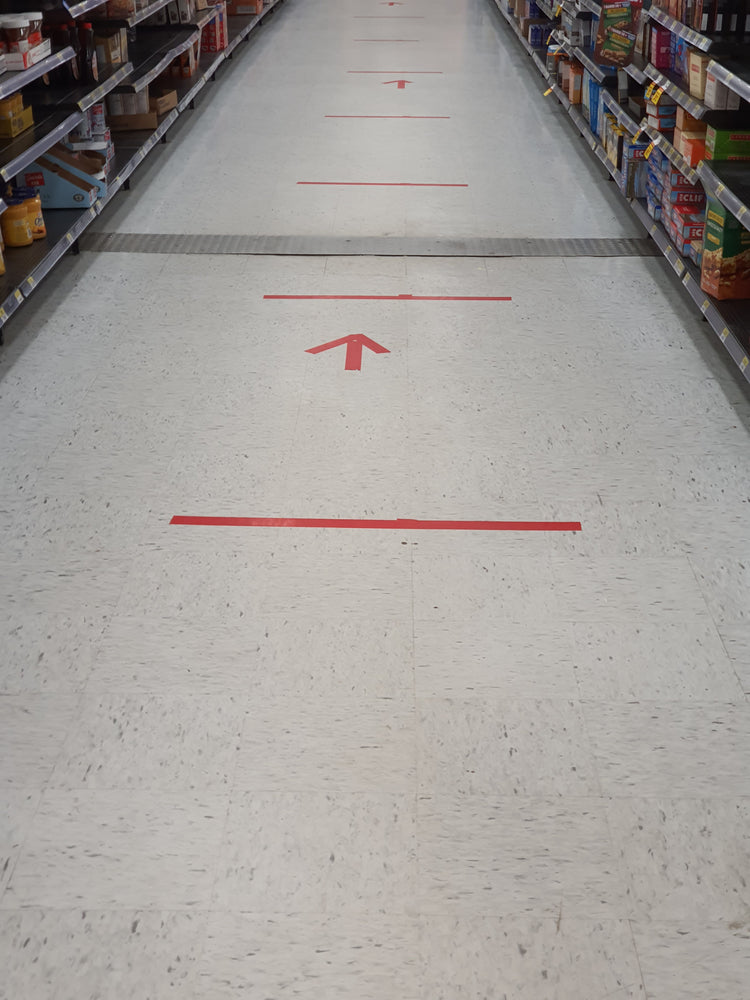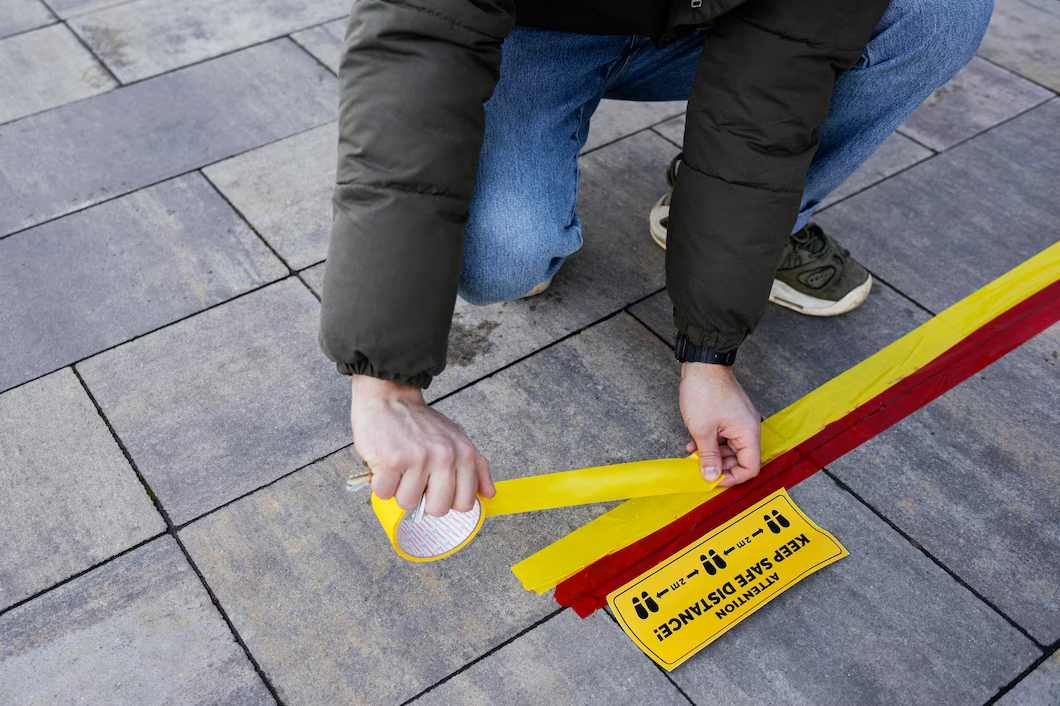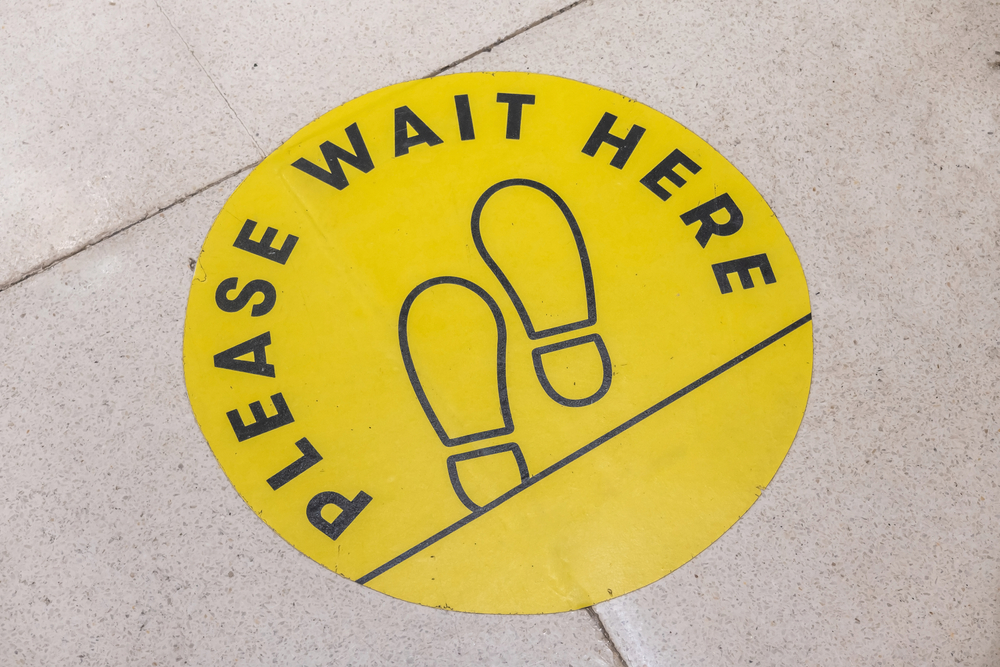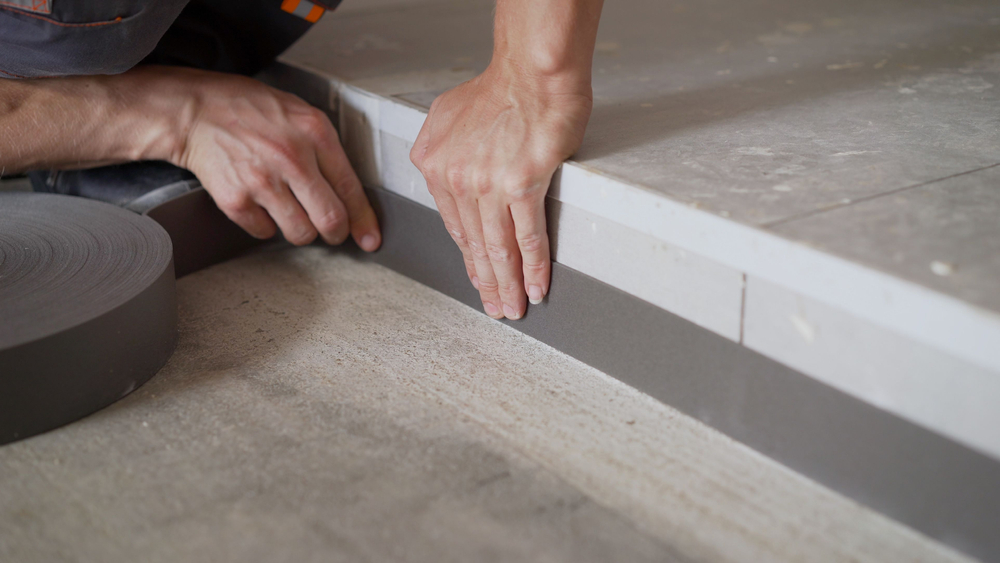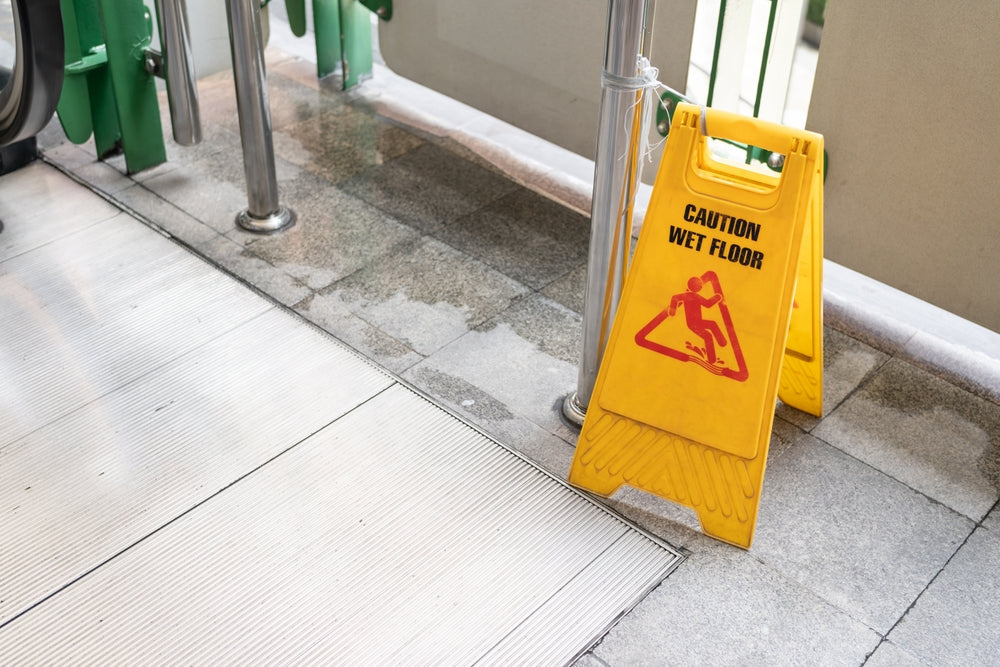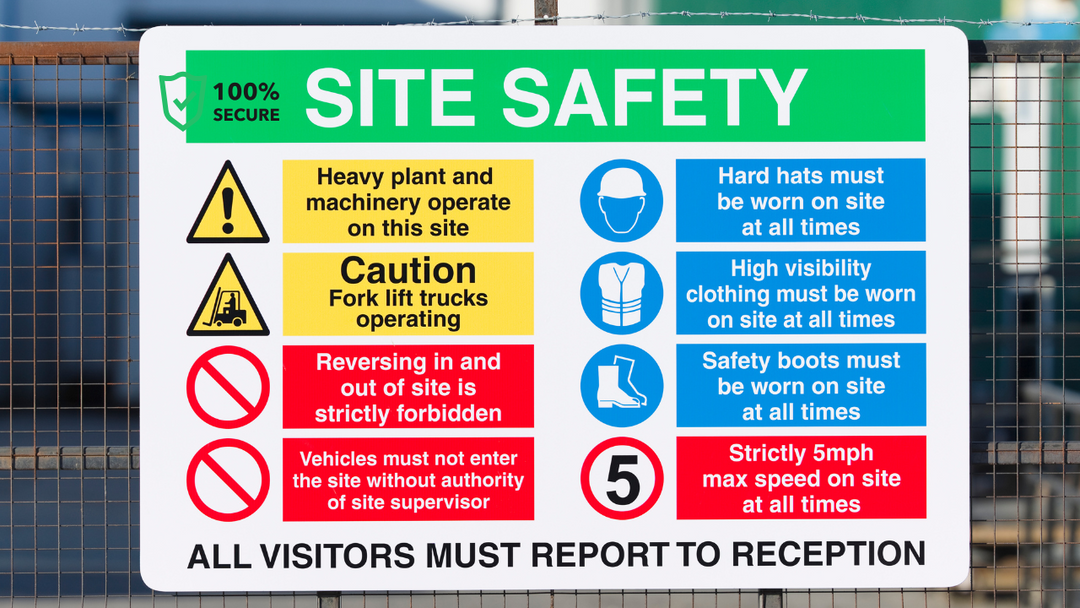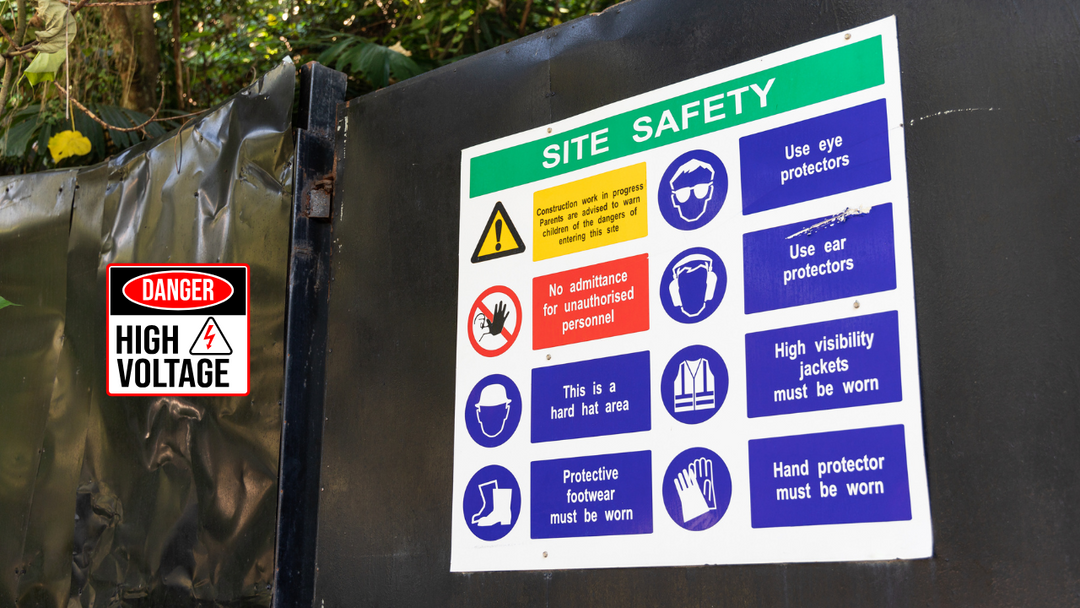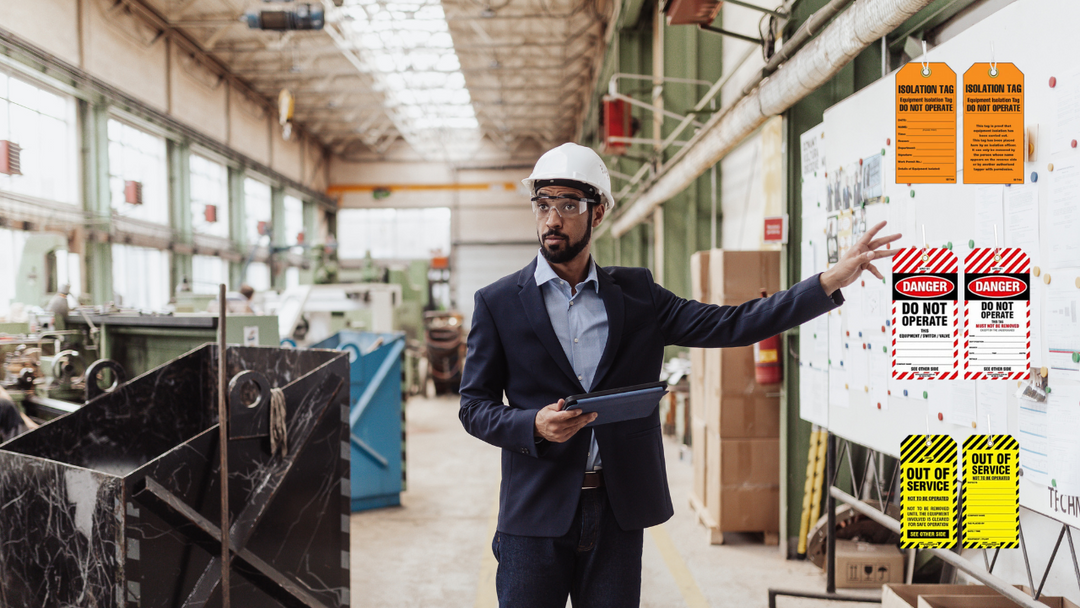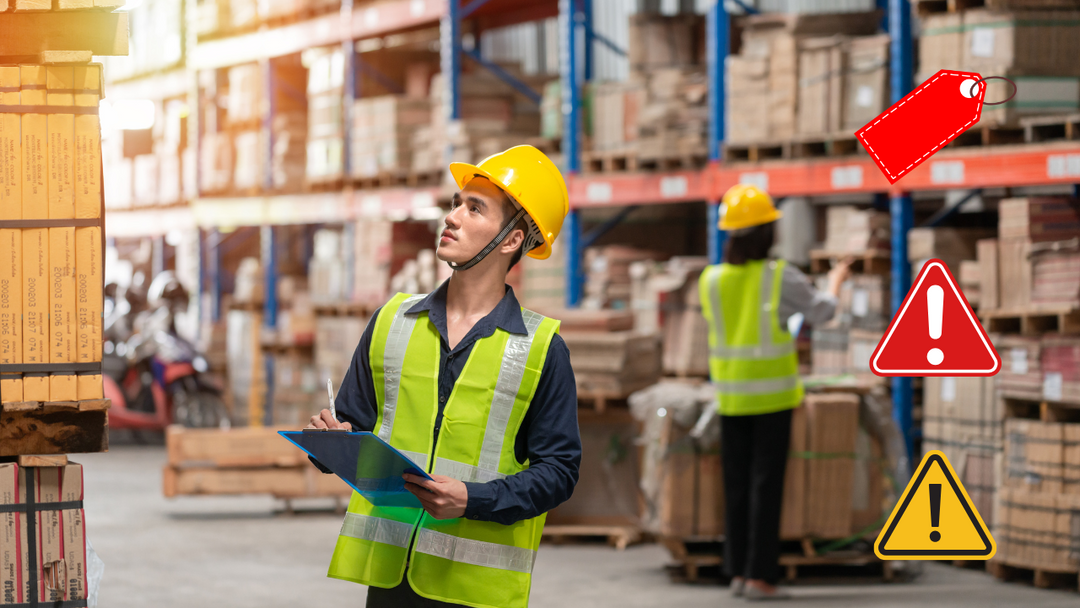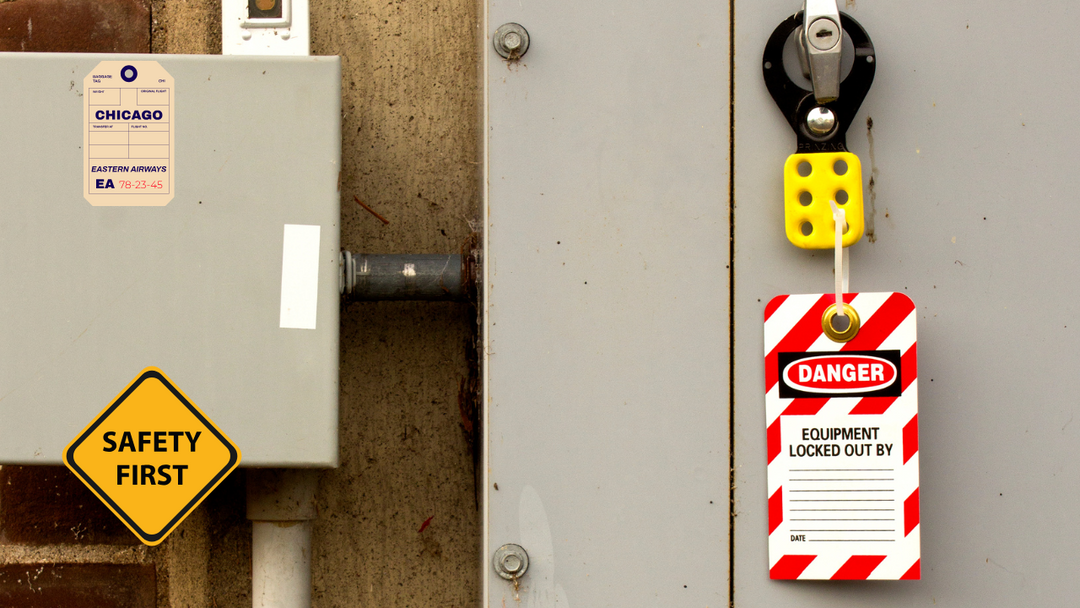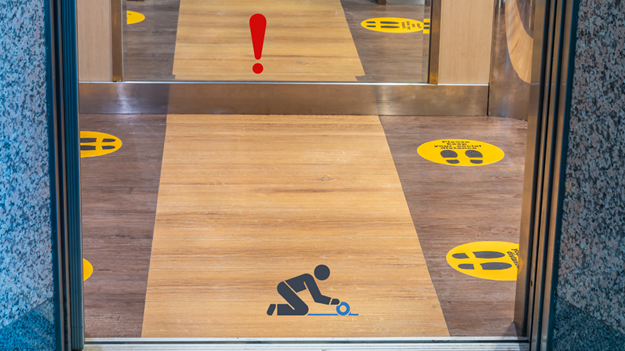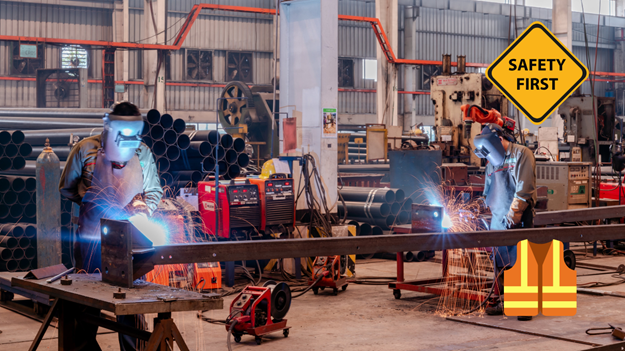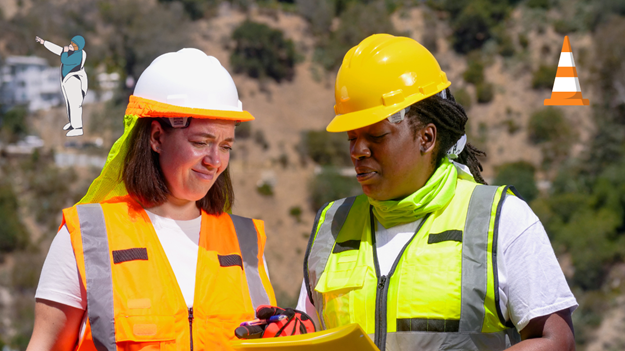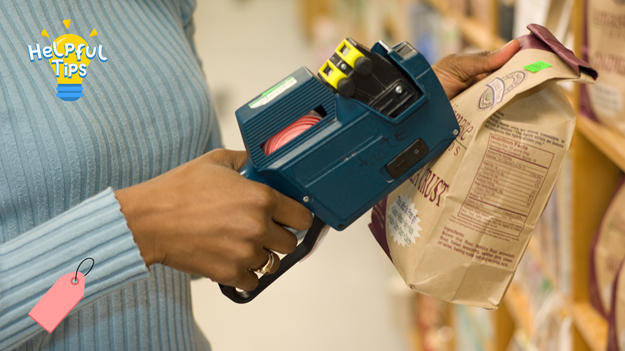Top Scaffold Safety Tips for Construction Sites
Scaffolding is a critical part of many construction projects, providing workers with the access they need to perform tasks at height.
However, scaffolds can pose significant risks if not properly set up, maintained, and used.
In this blog, we’ll go over essential scaffold tips to ensure a secure working environment on construction sites, incorporating helpful products like lockout kits, inspection tags, and more to enhance safety.
Introduction:
Construction sites are dynamic environments filled with numerous hazards, especially when working at height. Scaffolding is often required to access elevated areas, but if not properly managed, it can result in accidents that lead to severe injuries or fatalities.
According to construction safety regulations, scaffold safety is of utmost importance to protect workers and ensure that the work is completed without any incidents. In this guide, we'll explore some top scaffold safety tips that can significantly reduce risks and improve overall site safety.
Inspect Before You Start: Scaffold Checks
Before using any scaffold, it is crucial to conduct thorough inspections. Pre-use inspections are one of the most vital safety practices to ensure the structure is stable and ready for use.
How to Conduct Pre-Use Inspections
Scaffolds should be inspected at the beginning of every workday or whenever there’s been a significant change to the structure (e.g., weather or construction modifications). The inspection should include:
- Checking for any damaged or missing components.
- Ensuring that scaffolds are on level ground.
- Confirming that platforms are securely in place.
- Verifying that guardrails and safety nets are intact.
Key Components to Examine
During an inspection, always focus on these key components:
- Base plates and supports: These must be stable and properly positioned.
- Planks: Ensure planks are free from cracks or defects and fit securely.
- Bracing and guardrails: Look for signs of looseness or wear that could compromise safety.
A lockout kit is an essential safety tool during scaffold inspections. It allows workers to secure equipment or prevent unauthorized use until it is deemed safe for operation.
This type of kit can also prevent accidents from equipment malfunctions or unauthorized access during inspection.
Proper Training for Scaffold Users
Even the best scaffolds cannot ensure safety if workers aren’t properly trained. Every worker should be trained on how to use scaffolds safely, including the correct setup, operation, and dismantling.
Essential Skills for Scaffold Workers
Training should cover several key areas, such as:
- Understanding scaffold types and configurations.
- Correct assembly and disassembly procedures.
- How to spot hazards and potential risks.
The importance of PPE (personal protective equipment) when using scaffolds.
Training Programs and Certifications
Many countries and regions require scaffolding workers to hold valid certification before using scaffolds. These programs ensure that workers understand not just how to use the equipment safely, but also how to react in case of an emergency.
Ensure Stable Foundations and Proper Set-Up
The foundation of the scaffold is one of the most critical aspects of scaffold safety. A stable and level base ensures that the entire structure remains secure during use.
Guidelines for Stable Scaffold Foundations
Ground conditions: Always check the ground where the scaffold will stand. Avoid soft or uneven ground, which can cause the scaffold to tip or collapse.
Base plates and mudsills: Use base plates to evenly distribute the load and mudsills to stabilize the scaffold on uneven ground.
How to Avoid Common Setup Mistakes
Improper assembly can lead to instability. Some common scaffold safety mistakes include:
- Not aligning the scaffold with the building properly.
- Forgetting to secure the scaffold to the structure.
- Using the wrong size or type of scaffold for the task at hand.
Use the Right Equipment: Lockout Kits and More
Using the right safety equipment is essential for preventing accidents on construction sites. A lockout kit plays an important role in scaffold safety by ensuring that hazardous energy is isolated during maintenance or setup.
Role of Lockout Kits in Scaffold Safety
Lockout kits are used to prevent the accidental release of hazardous energy, such as electricity or pressurized systems, when scaffolding is being installed or dismantled. By securing equipment and isolating energy sources, lockout kits ensure that workers are not exposed to dangerous conditions.
The Importance of Inspection Tags
Inspection tags are another crucial safety tool that helps to identify scaffolds that are safe for use. These tags inform workers whether a scaffold has been inspected and deemed safe or if there are any hazards that need attention.
For more on inspection tags, check out Archford’s range of tags.
Secure the Scaffold: Preventing Movement
A scaffold that shifts or moves during use can be a significant hazard. Properly securing the scaffold prevents unnecessary movement and reduces the risk of accidents.
Methods for Securing Scaffold Components
- Tie scaffolds to the building: Use proper tie-ins to prevent lateral movement.
- Cross braces: Cross braces help stabilize the scaffold and prevent sway.
- Guardrails: Ensure that guardrails are in place to prevent workers from falling.
Using Padlock Cables and Other Safety Tools
A padlock cable can be used to secure scaffold components or lock equipment in place to avoid unauthorized use. In combination with other security equipment like inspection tags and lockout kits, padlock cables enhance scaffold safety and ensure that the structure is not tampered with.
Personal Protective Equipment (PPE) for Scaffold Workers
When working on scaffolds, it’s essential that workers wear the appropriate personal protective equipment (PPE) to ensure their safety.
Recommended PPE for Scaffold Workers
- Helmets: Protect workers from falling debris.
- Safety harnesses and lanyards: These prevent workers from falling off the scaffold.
- Footwear: Non-slip shoes are vital to avoid accidents on wet or uneven surfaces.
- Gloves: Protect hands from cuts or abrasions.
Importance of Compliance
Adherence to PPE standards is critical. Many accidents happen when workers fail to use the right protective equipment. Enforcing strict compliance with PPE guidelines can significantly reduce injuries on scaffolds.
Regular Maintenance and Repairs
A scaffold that is not regularly maintained can become a safety hazard over time. Regular inspections and maintenance ensure that scaffolds remain stable and safe for use.
Keeping Your Scaffold in Top Condition
Routine checks: Conduct regular safety inspections to detect wear and tear.
Prompt repairs: Any damaged parts should be immediately replaced or repaired to maintain the scaffold’s integrity.
Common Maintenance Practices
Lubricate moving parts to prevent rust and corrosion.
Replace damaged planks, cross braces, or guardrails as soon as possible.
Emergency Procedures: Ready for the Unexpected
Accidents can still happen, even with the best preventative measures in place. Scaffold safety includes planning for emergencies.
Preparing for Scaffold-Related Accidents
Every construction site should have an emergency response plan that covers:
- Immediate actions in the event of a fall or collapse.
- How to safely evacuate injured workers.
- Who to contact in case of an emergency.
Emergency Response Planning
Ensure that all workers are familiar with emergency procedures and can quickly act if an incident occurs. Having first-aid kits, safety equipment like lockout kits, and trained personnel on site can make all the difference.
Explore More: Essential Safety Tips for Every Workplace
|
Safety Tags Tips |
Short Description |
|
Tips for Effective Use of Safety Tags in the Workplace |
|
|
Essential Scaffold Safety Tips for Workers |
|
|
Comprehensive Workplace Safety Tips for Employers |
|
|
A Step-by-Step Lockout Tagout Checklist for Maximum Safety |
|
|
Top Tips for Improving Warehouse Safety Standards |
|
|
Key Safety Tips for Small Businesses |
|
|
Best Practices for Lockout Tagout Procedures |
|
|
The Importance of Fire Safety Signage in Workplaces |
|
|
Essential Personal Protective Equipment (PPE) Tips |
|
|
Best Practices for Scaffold Inspections |
|
|
How to Use Industrial Labeling for Safety and Compliance |
|
|
Construction PPE Safety Tips for Protecting Workers |
|
|
Advanced Safety Tips for a Safer Workplace Environment |
Conclusion
Scaffold safety is not a one-time effort but an ongoing commitment to maintaining a secure working environment.
By following these tips—inspecting scaffolds, providing proper training, using safety equipment like lockout kits and padlock cables, and ensuring regular maintenance—you can reduce the risk of accidents and create a safer workplace for all involved.
How to ensure scaffold safety goes beyond just following procedures; it’s about fostering a culture of safety where everyone on site understands their responsibility.
Frequently Asked Questions (FAQs)
1. What are the most common scaffold safety hazards?
Falls from height, scaffold instability, and improper setup are the most common hazards associated with scaffolds.
2. How often should scaffolds be inspected?
Scaffolds should be inspected before each use and after any modifications or adverse weather conditions.
3. What should be done if a scaffold is found to be unsafe?
If a scaffold is found unsafe, workers should stop using it immediately, report it to the supervisor, and tag it out with an inspection tag or lockout device.
4. Is it necessary to use lockout kits for scaffold safety?
Yes, lockout kits are essential for preventing the accidental release of hazardous energy during scaffold setup, maintenance, or dismantling.
5. What are the legal requirements for scaffold safety on construction sites?
Legal requirements include ensuring scaffolds are properly designed, erected, inspected, and maintained according to local safety regulations. These requirements are essential for workplace safety and to comply with OSHA scaffold tips and regulations.


